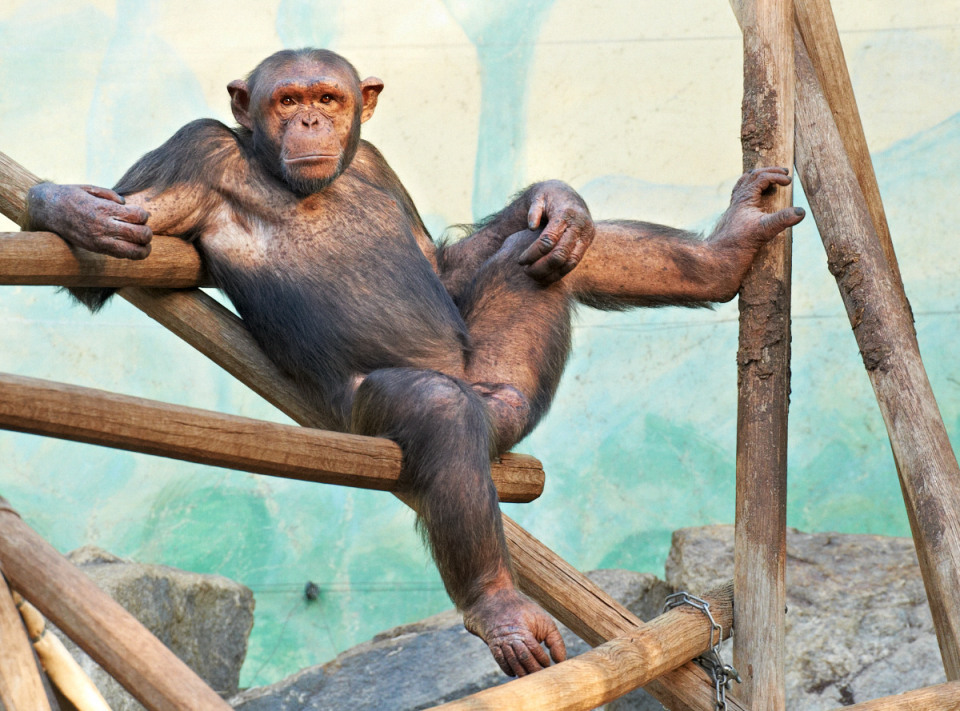
Many have pointed to the Barbary macaque as an example of a tailless monkey, which is somewhat true, but it's also more complicated than that. Sometimes understanding this ordering can be difficult because the visual shorthand for differentiating between apes and monkeys-that monkeys have tails, while apes do not-can seem overly simplistic. Old World monkeys are further differentiated from Great Apes and Lesser Apes by superfamilies: Cercopithecoidea for Old World monkeys and Hominoidea for Great Apes and Lesser Apes.Ī small evolutionary tree showing the relationships between monkeys and apes. New World monkeys belong to a group, or parvorder, known as Platyrrhini (meaning flat-nosed), while Old World monkeys and apes belong to a parvorder known as Catarrhini (meaning hook-nosed). However, Old World monkeys, apes, and New World monkeys' development, and therefore their scientific classification, branches off separately after a certain point in the evolutionary tree. If you go back millions and millions of years into the past, Great Apes (which humans fall under) and Lesser Apes, Old World (Africa- and Asia-based) monkeys, and New World (Americas-based) monkeys all share common ancestors. To understand the scientific differences between an ape and a monkey, you have to look at the way they are scientifically classified. Even past versions of academic resources, like the 1910 edition of Encyclopaedia Britannica, have indicated that "ape" and "monkey" are synonymous.

Historically, there has been debate in and out of science over what qualifies as an "ape" and what qualifies as a "monkey." The two words have different language origins, but they have often been used interchangeably in translations and popular culture. Generally not, but capuchin monkeys have been known to use stone tools. Fruits, plants, insects, small invertebrates.Ĭan make and use tools for nut-cracking, hunting, and play. Fruits, plants, insects, small mammals (including monkeys). Uses tail as "fifth limb" to help grasp limbs in trees. Long arms that are optimal for swinging from branch to branch. Great Apes and Lesser Apes only in or near tropical rainforests.Īfrica, Asia, and Central and South America.

Life lived at least sometimes on the ground. Hylobatidae (i.e., Lesser Apes like gibbons) and Hominidae (i.e., Great Apes, including humans)Ĭallitrichidae (e.g., marmosets) and Cebidae (e.g., squirrel monkeys)Īround 23 between Lesser Apes and Great Apes.Īfrica and Southern Asia. New-world monkeys: Platyrrhini (flat-nosed) Old-world monkeys: CatarrhiniĬercopithecoidea (Old World monkeys like baboons and macaques) and Hominoidea (Great Apes and Lesser Apes) Additionally, we will never forget our service animals, so we are providing a safe, healthy, fulfilling environment for post-service and medically challenged monkeys for the rest of their lives.Differences - Similarities - Ape versus Monkey comparison chart We are building pilot projects in both the areas of assistive tech/robotics and augmented/virtual reality with the input of the populations that will most benefit from the technologies, as well as scientists from universities and companies.

We are examining different types of assistive robotic technologies and exploring the various uses of augmented/virtual reality, and how these technologies can assist those living with physical disabilities by helping meet their socialization, mental health and other health care needs. We hold to this mission today by continuing our work and finding solutions so we may p rovide enhanced quality of life and opportunities for individuals living with physical disabilities.Īs a result, we are transitioning from a service animal model to exploring innovative technologies so we become the disability community’s convening organization and premier conduit to technology partners that will provide an improved quality of life for those living with physical disabilities. From its inception our founders envisioned access for all. The mission of our organization is not changing.


 0 kommentar(er)
0 kommentar(er)
